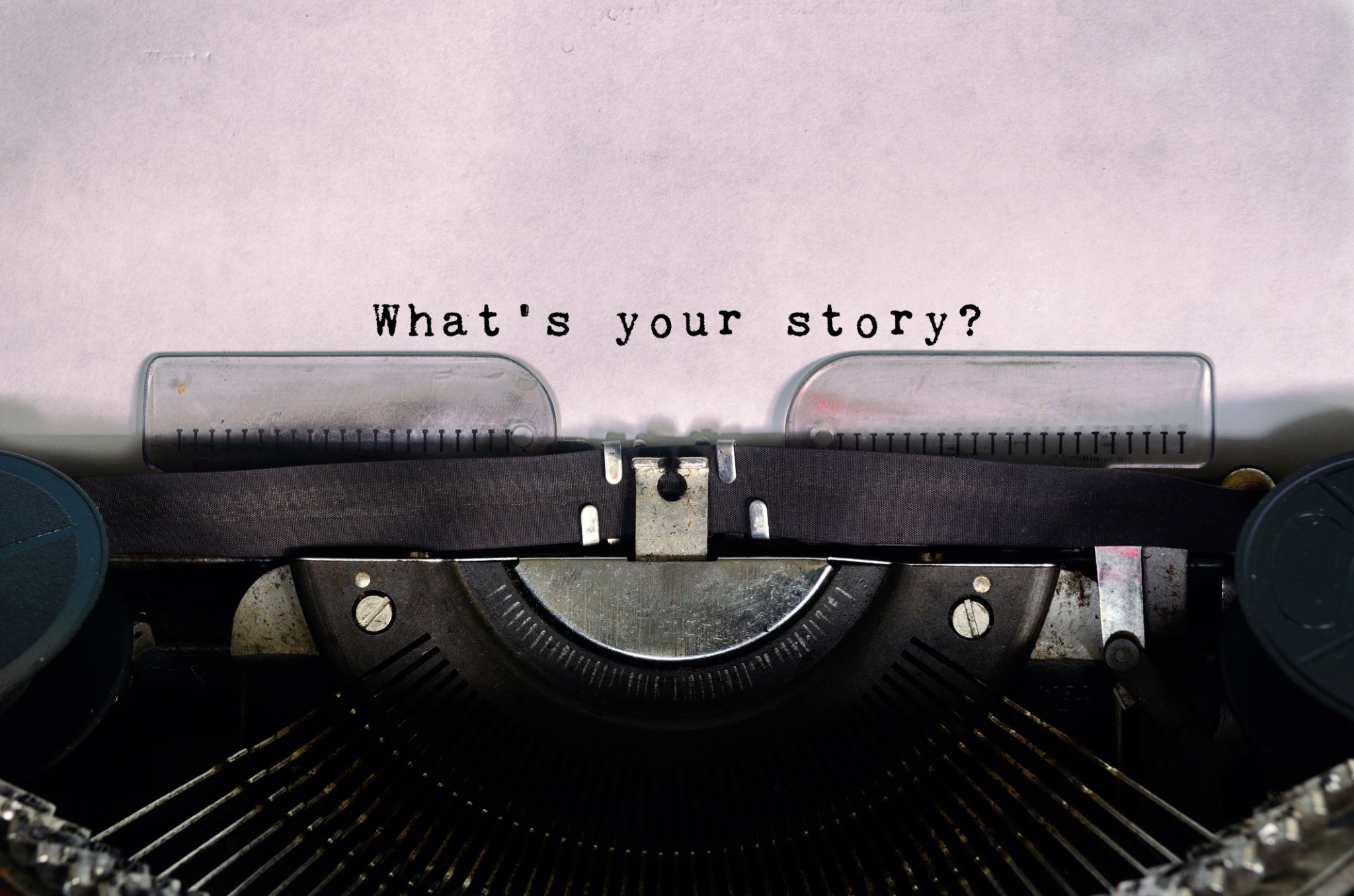How to Craft a Compelling Photo Story for Magazine Features
HM
Understanding the Essence of Photo Storytelling
Photo storytelling is a powerful medium that combines visual elements with narrative depth. It's about crafting a sequence of images that collectively tell a story, often accompanied by text that provides context and enriches the viewer's experience. In magazine features, a compelling photo story can captivate audiences, drawing them into a world of vivid imagery and thoughtful storytelling.
To create an engaging photo story, start by identifying the core message or theme you want to convey. Whether it's a social issue, a cultural exploration, or a personal journey, having a clear focus will guide your photographic choices and narrative structure.

Planning Your Photo Story
Before you start shooting, it's crucial to plan your photo story meticulously. Begin with a storyboard or shot list that outlines the key scenes and moments you want to capture. This will help you maintain a cohesive narrative flow and ensure that you don't miss any essential shots.
Consider the sequence of your images. A well-structured photo story typically has a beginning, middle, and end. The opening images should set the scene and introduce the subject or theme. The middle section should delve deeper into the story, providing context and detail. Finally, the ending should offer resolution or leave the audience with a thought-provoking question.
Choosing the Right Subjects and Scenes
Your choice of subjects and scenes can make or break your photo story. Select subjects that are visually interesting and relevant to your theme. Look for moments that convey emotion and action, as these will resonate more with your audience.

Shooting with Intention
When capturing images for your photo story, shoot with intention. Pay attention to composition, lighting, and perspective to create dynamic and engaging photographs. Experiment with different angles and distances to add variety to your story.
Don't be afraid to take risks and push creative boundaries. Unique perspectives and unexpected compositions can add depth and intrigue to your photo story. Remember, each image should contribute to the overall narrative while standing on its own as a compelling photograph.
Editing and Sequencing Your Photos
Once you've captured your images, the editing process begins. Choose the best shots that align with your narrative and discard any that don't add value. When sequencing your photos, consider how each image transitions into the next. The flow should feel natural and enhance the storytelling experience.

Writing Captivating Captions
Accompanying text is an integral part of a photo story in magazine features. Captions provide context, offer insights, and guide the viewer through the narrative journey. Write captions that are concise yet informative, enhancing the visual elements without overshadowing them.
Use captions to highlight key details or emotions in the photographs. Consider incorporating quotes from subjects or experts to add authenticity and depth to your story.
Finalizing Your Photo Story
Before submitting your photo story for publication, review it with fresh eyes or seek feedback from peers or mentors. Ensure that the narrative is clear, cohesive, and compelling. Make any necessary adjustments to improve the overall impact of your story.
A well-crafted photo story can leave a lasting impression on magazine readers, inspiring thought and emotion long after they've turned the page. By following these steps and infusing your unique perspective, you can create photo stories that captivate and engage audiences worldwide.